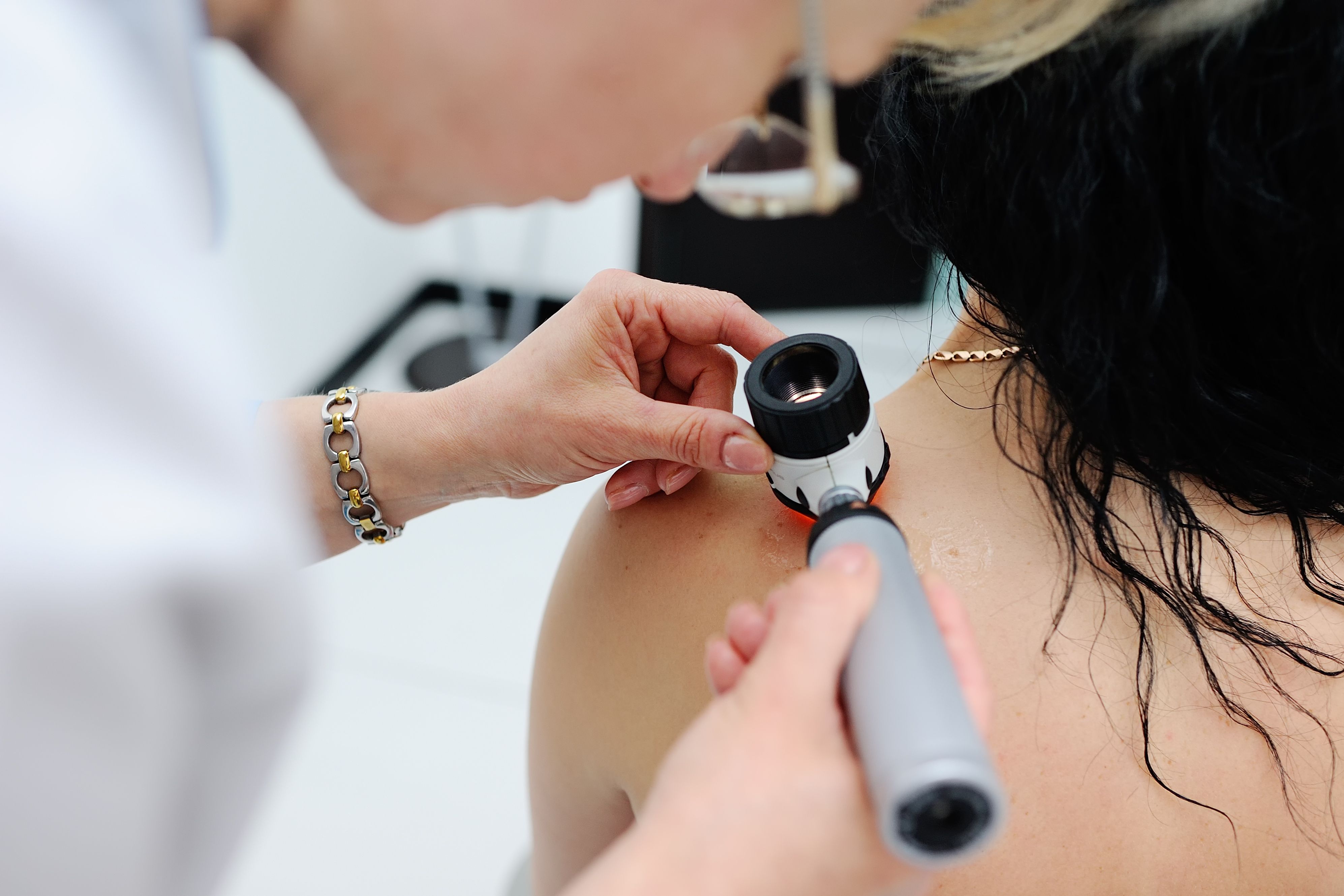- Case-Based Roundtable
- General Dermatology
- Eczema
- Chronic Hand Eczema
- Alopecia
- Aesthetics
- Vitiligo
- COVID-19
- Actinic Keratosis
- Precision Medicine and Biologics
- Rare Disease
- Wound Care
- Rosacea
- Psoriasis
- Psoriatic Arthritis
- Atopic Dermatitis
- Melasma
- NP and PA
- Skin Cancer
- Hidradenitis Suppurativa
- Drug Watch
- Pigmentary Disorders
- Acne
- Pediatric Dermatology
- Practice Management
- Prurigo Nodularis
- Buy-and-Bill
News
Article
Inpatient Dermatology Services, Encounters, and Physicians Experiencing Declines Across the US
Author(s):
Regional disparities were highlighted in a study of inpatient dermatology encounters, locations, and providers from 2013 to 2019.
Large regional variations in the number of inpatient dermatology encounters across the US, combined with a decrease in the number of physicians and medical centers performing these encounters, highlighted the need for increased support for hospital dermatologists and strategies to improve access to inpatient dermatologic care to minimize disparities.1
The disparities were detected as part of a cross-sectional study published in Archives of Dermatological Research that set out to describe the distribution and frequency of inpatient dermatology encounters in the US Medicare population from January 2013 to December 2019.
Between 2010 and 2014, over 3.5 million hospitalizations for dermatologic diagnoses cost $508 million annually in same-cause readmissions.2 Lack of consensus between primary teams and dermatology consultants led to significant treatment differences, especially for cellulitis. Dermatologists improved outcomes for patients with complex comorbidities, prompting the formation of the Society of Dermatology Hospitalists. Despite these improvements, few residents pursue hospital dermatology, and more data are needed.
The researchers of the current study used publicly available payment data from the Medicare Provider Utilization and Payment Data: Physician and Other Practitioners data set provided by the CDC.1 Individual physicians who had billed Medicare for 11 or more dermatology services in a calendar year were included.
The study identified 782 unique physicians who met the inclusion criteria, with the number decreasing from 356 in 2013 to 281 in 2019. Most were male (56.5%) and held only an MD degree (86.3%), primarily practicing in the Northeast, South, and Midwest, and in metropolitan areas (98.2%). The proportion of female dermatologists increased significantly from 37.9% to 46.2%. There were 8 states that had no physicians meeting the inclusion criteria (Alaska, Arkansas, Hawaii, Maine, Montana, Nevada, North Dakota, and Wyoming).
Inpatient dermatology encounters and the number of dermatologists and medical centers providing these services decreased from 2013 to 2019. Of the 408 institutions providing inpatient dermatology consults, 24.5% were affiliated with dermatology residency programs, which conducted more consults than nonresidency programs, with the gap widening over time. Significant geographic variation in access to inpatient dermatology was noted, with many states lacking any qualifying physicians.
The results showed that misdiagnoses of dermatologic conditions in medically complex patients led to longer hospital admissions and potential harm, highlighting the need for inpatient dermatologists with specific expertise. The study also demonstrated a linear decrease in the number of dermatologists and medical centers providing inpatient encounters, consistent with historical trends. The authors said this decrease was expected to continue despite the need for such services.
Dermatologists performing inpatient services were unevenly distributed, mostly concentrated in urban areas, creating significant gaps in rural care. Hospitals conducting dermatologic consults saw more patients despite fewer dermatologists, suggesting increased specialization and patient transfers to regional referral centers.
The study’s limitations included reliance on Medicare billing data, exclusion of low-volume and pediatric dermatologists, and potential changes in practice patterns during the COVID-19 pandemic.
References
- Hydol-Smith JA, Gallardo MA, Korman A, et al. The United States dermatology inpatient workforce between 2013 and 2019: a Medicare analysis reveals contraction of the workforce and vast access deserts—a cross‐sectional analysis. Arch Dermatol Res. 2024;316(4):103. doi:10.1007/s00403-024-02845-0
- Zhang M, Markova A, Harp J, Dusza S, Rosenbach M, Kaffenberger BH. Dermatology-specific and all-cause 30-day and calendar-year readmissions and costs for dermatologic diseases from 2010 to 2014. Am Acad Dermatol. 2019;81(3):740-748. doi:10.1016/j.jaad.2019.05.023
[This article was originally published by our sister publication, American Journal of Managed Care.]







